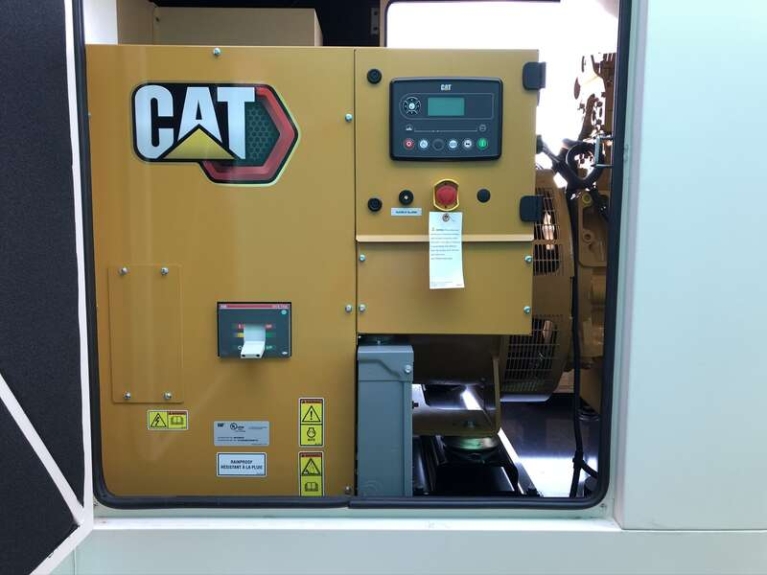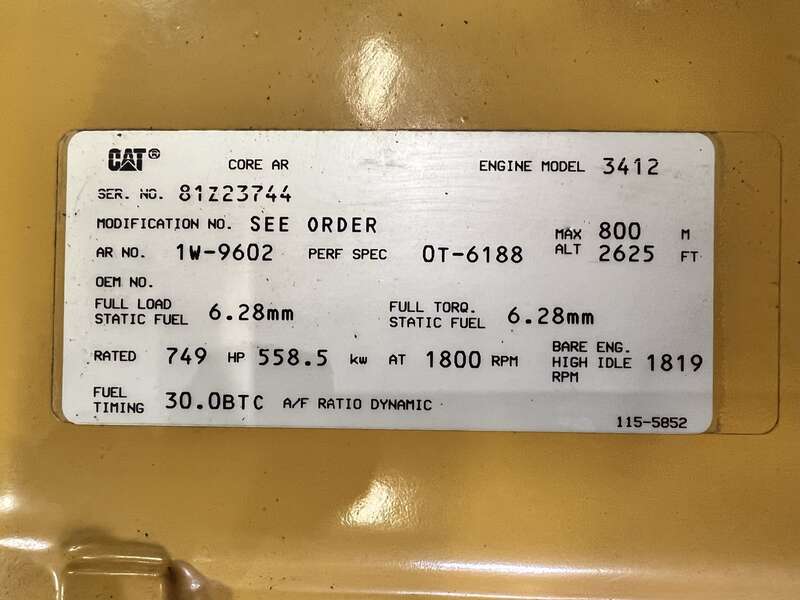Brace yourself, because this blog would be a little more on the technical side of things. That said, once you are done reading it, your know-how on the working power of your generator will be up to the mark, and you can then rest assured of investing in the most energy-efficient generator! Now, isn’t that a worthy reward?
So, let’s get started.
What Is Generator Power Factor?
The generator power factor is one of the most important aspects that need your due consideration when you set out to buy a standby generator.
The power factor of the generator is also known as the generator power rating. This factor or rating essentially measures the efficiency with which the generator uses its energy. At this point, you may be wondering, isn’t the generator the one that is supplying the power? And you are right. It is. However, this power factor is essentially calculated on the basis of the devices connected to the generator.
The power factor is usually expressed as a decimal or a percentage. For instance, if 0.8 or 80% is the power factor of the generator, it implies that the loads can use up to 80% of the generator’s power supply! More often than not, 3-phase generators have a power factor rating of 0.8.
The power rating of a generator is determined on the basis of numerous factors including –
- The engine size
- The engine type
- The size of the alternator
- The fuel source
A common observation is that the power factor increases with the increase in the size of the engine and the alternator.
Types of Power Rating
It’s important to note that there are two types of generator power ratings:
- Maximum power rating
- Continuous power rating
The maximum power ratingrefers to the maximum amount of power that the generator can produce for a short period, typically for a few seconds, while the continuous power rating refers to the amount of power that the generator can produce continuously over an extended period.
How To Calculate Power Factor?
When the ideal size of a commercial generator needs to be determined, the power factor formula comes in very handy!
Fair Warning – Although the power factor formula seems quite easy and convenient to use, it does require an in-depth understanding of the numerous aspects that need due diligence to determine whether the generator will be able to take on the expected electrical load efficiently.
To put it in the simplest terms – Power factor is the ratio of real power to apparent power.
The power factor formula for any generator is as follows –
PF = kW / kVA
Where
- PF = power factor
- kW = real power (or actual power) measured in kilowatts
- kVA = apparent power, measured in kilovolt-amperes
As the formula suggests, the higher the power factor , the more efficient is the generator in using its energy. Similiarly, a lower power factor implies a lack in the generator’s energy efficiency.
Hence, when the power factor is 100% or 1.0, it can be said that the electrical load is making use of 100% of the power. In most cases, single-phase generators are known to have a power factor of 1.0. As discussed earlier, 3-phase generators usually have a power rating of 0.8. While both types of generators use Alternating Currents to produce power, a single phase generator uses a single AC cycle, whereas a three phase generator uses three AC cycles, which is why there is an underlying difference in their energy efficiency.
The Power Triangle and the AC Circuits Generator Power Factor
The Power Triangle comprises three types of power, which are explained below –
- Real Power, also known as Working Power or Actual PowerIt is the actual power that a generator uses for its functioning. Real Power is measured in Watts (W).
- Reactive PowerIt is the amount of unusable power that is produced by the genratro. Reactive power is measured using Volt-Amps-Reactive (VAR).
- Total Power, also known as Apparent PowerIt is the combination of Real Power as well as Reactive Power. It is measured in Volt-Amps (VA).
As might be obvious, the power triangle is all about the way in which the three types of powers are related to each other. Essentially, the power triangle is a depiction of the way in which the overall power factor influences the consumed as well as wasted alternating currents (AC).
Advantages of a Generator Functioning at a Higher Power Factor
When a generator functions at a higher power factor, you can expect to reap many benefits, not only for your business, but also for the generator itself.
To begin with, when the power factor increases your energy savings also increase. Moreover, higher power factor also implies improved productivity of the generators. Higher power factors ensure that the generators are able to deliver more power to their systems, leading to increased earning capacity of the system.
Our Take
When choosing a generator, it’s important to consider your power needs and select a generator with an appropriate power rating. If you plan to power essential appliances during a power outage, a generator with a continuous power rating that matches your needs would be ideal. On the other hand, if you plan to use a generator for outdoor events or other temporary power needs, a generator with a maximum power rating that can handle short bursts of power usage may be sufficient.
In summary, a generator power rating is a measure of the amount of electrical power a generator can produce, and it’s important to choose a generator with an appropriate power rating based on your specific power needs.
If you seem to be having any trouble finding a used or new generator with the ideal power rating, feel free to get in touch with us at CS Diesel Generators. Our experts will offer you the required assistance, and help you find the equipment that fits your needs and budget perfectly.
Frequently Asked Questions About Power Rating of Generators
What is the reason for the lag and lead in power factor of commercial generators?
In most cases, generators face a lagging power factor as a result of using induction motor. In such cases, adding capacittaive loads to the current can help correct the lag.
On the other hand, leading factors in generators are caused due to capacitor-intense loads, synchronous motors with light loads or induction motors driven by their loads. In this case, adding inductive loads to the current can prove to be the ideal solution.
What are Inductive Loads and Capacitive loads?
Inductive loads are known to power electric motors. Inductive current sine waves peak after the voltage peaks, making the two waves out of phase. In other words, the load current lags the voltage, creating a lagging power factor.
On the other hand, capacitive loads help control power use in large circuits. Capacitive sine waves reach their peak before the voltage waves peak, creating a leading power factor.
What happens when a generator has a low power factor?
Lower power factor (lower than the industry standard of 0.8) in a generator indicates inefficient functioning of the generator. In case of lower power factor, the generator can face many issues such as varying power system loads, various systems operating at a lagging power factor, etc.
Since, low power factor reduces the electrical distribution capacity of the generator, the system loses active power leading to energy inefficiency.
Can we increase the power factor of a generator?
Yes. In fact, every generator operator must aim to increase the power factor of the generator to the highest possible level. One of the most reliable ways to increase the power factor of generators is to ensure that it functions at the correct power factor. In case of a lagging factor, one must connect devices with a leading power factor such as a capacitor to neutralize the lag. In case of a lead, an inductive load must be connected.



